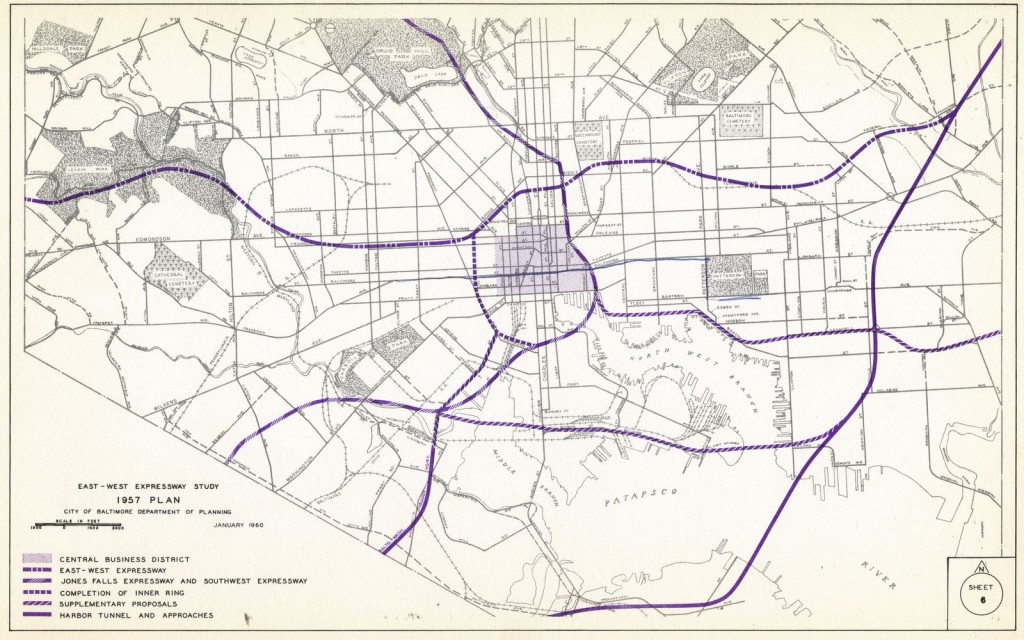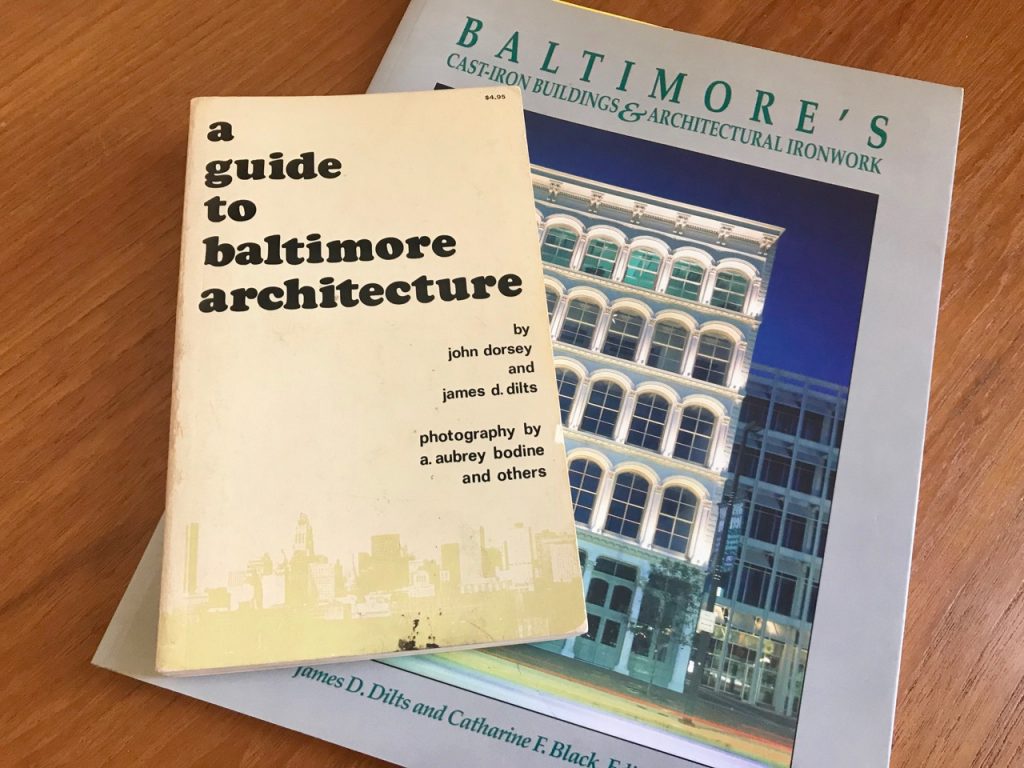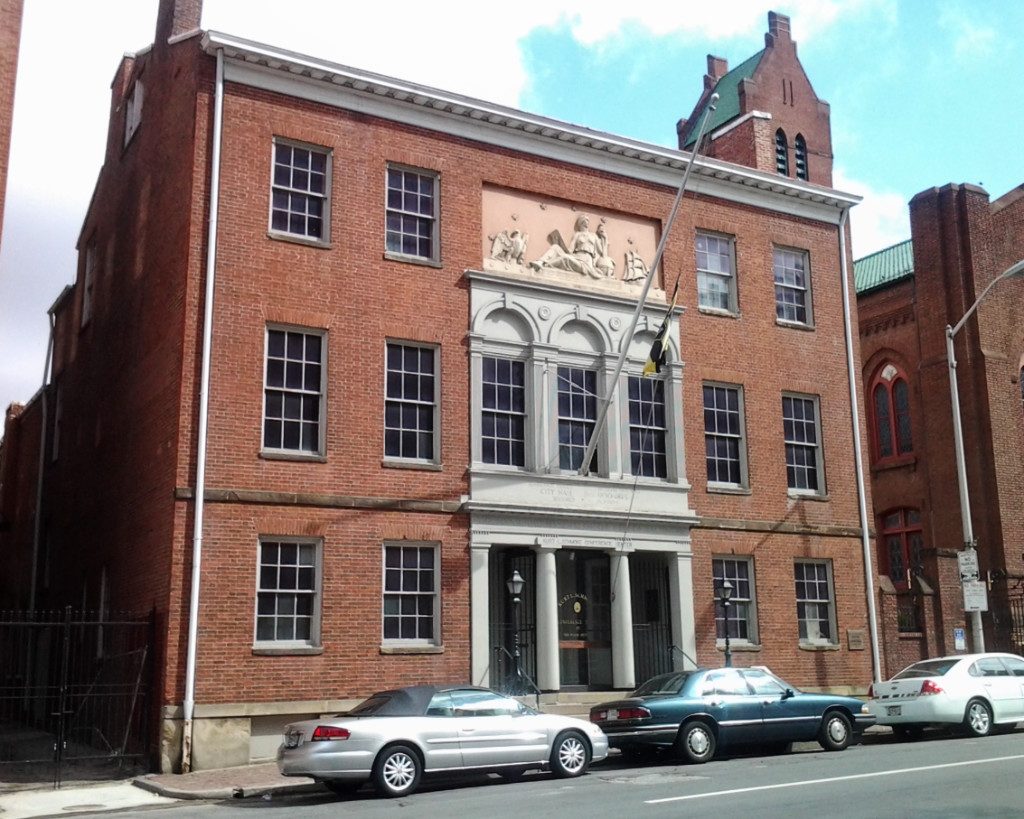Recently the Greek Orthodox Cathedral of the Annunciation announced that it is seeking to demolish five adjacent rowhouses on Preston Street in the Mount Vernon neighborhood across the street from the church. Below is a little information about why these rowhouses (number 35-43 West Preston Street) are quite special architecturally and historically, and why Baltimore Heritage has joined the neighborhood association and people across the city in calling on the church to be a good neighbor and work to find a solution that preserves the buildings.
Add Your Voice
We encourage you to add your voice by sending an email to the director of the Baltimore Commission for Historical and Architectural Preservation, Eric Holcomb (eric.holcomb@baltimorecity.gov), and copying the neighborhood’s city council member, Eric Costello (eric.costello@baltimorecity.gov). Click here to see an example letter.
The city’s preservation commission is scheduled to hold a hearing on this issue on Tuesday, December 13, 2022.
Architectural and Historic Significance
Although the houses are rowhouses like thousands of others in Baltimore, they are one of only two rows like them anywhere in the city. They were constructed between 1891 and 1893 in a row that contains ten houses total and, along with the 1000 block of North Calvert Street, are a signature step in Baltimore’s movement from Victorian style houses towards Colonial Revival. They were designed by noted Baltimore architect John Appleton Wilson, who not coincidentally also designed the houses on Calvert Street.
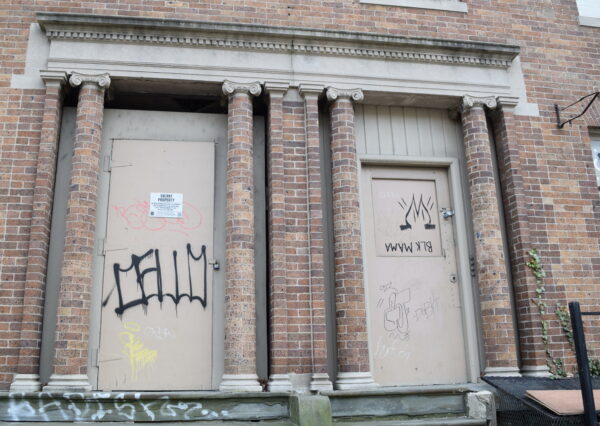
If you look closely at them, you’ll notice a few unusual and wonderful things. First, they are not the classic Baltimore red brick that so many other rowhouses are made from. They are tan color that likely was intended to make these houses stand out from their older red brick neighbors. They are also grouped in pairs, with the front doors next to each other by twos. These give the houses a more classically symmetrical feel and also make them appear wider than they in fact are. And finally, if you look at the doorways, on each side is a classical Ionic column formed from rounded brick, a feature that architectural historian Fred Shoken says may be unique to this row.
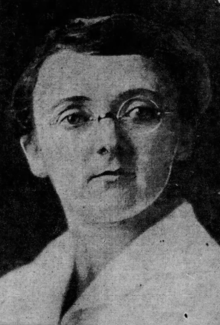
In addition to these unusual architectural features, the buildings are part of an unusual history around early women doctors at Johns Hopkins. Dr. Elizabeth Hurdon, a gynecologist, was the first woman hired by Hopkins in 1897. She lived at 31 W. Preston (not proposed for demolition) with Dr. Florence Sabin, who was the first woman hired faculty at Hopkins Medicine and the first woman elected to the National Academy of Sciences. From 1927 to her death in 1956, Dr. Esther Richards lived a few doors down at 41 W. Preston (which is slated for demolition). Dr. Richards was a Hopkins trained psychiatrist and professor.
Current Status and Next Steps

Since the mid-1990s, the Greek Church has owned the five buildings they are now proposing to demolish. They have been vacant for many years, but the front facades remain in remarkably good condition. The back portions of the houses, however, are in serious disrepair, including a mature sumac tree that is growing through the back portion of one of them. We are working with the Church to get a look inside, and will go in with the knowledge that there have been many, many rowhouses in the city that were in as bad a shape or worse and were successfully rehabbed and put back into productive use. One thing we are blessed with in Baltimore is a deep bench of architects and contractors who have loads of experience with buildings just like these.
The city’s Commission for Historical and Architectural Preservation (CHAP) is scheduled to hear this issue on Tuesday, December 13, 2022. This is called a “Part 1 Hearing,” and in it CHAP will determine whether the houses continue to contribute to the Mt. Vernon Historic District. In other words, they will decide whether they are in good enough condition to still be deemed “historic.” If the CHAP commission does in fact deem them “historic,” which we highly anticipate they will, and if the Church continues to seek only a demolition solution, there will be a second “Part 2 Hearing” in the future where the CHAP commission will decide whether to grant approval to the demolition proposal.
Add your voice! Click here to see an example letter.
We will keep updating this blog post and the situation develops.
–Johns Hopkins, Executive Director

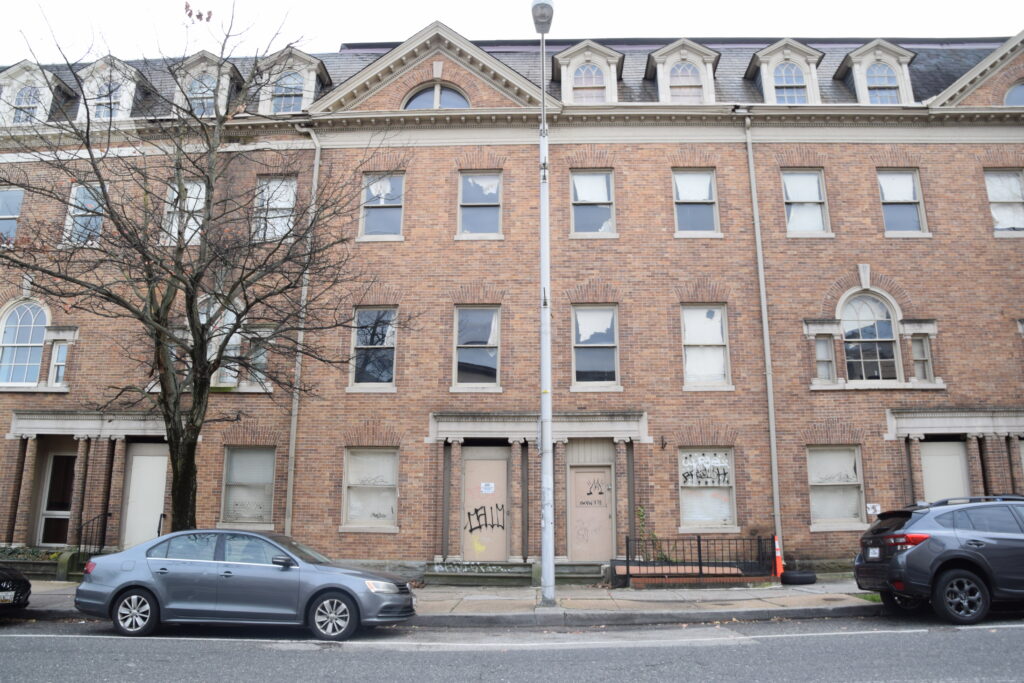
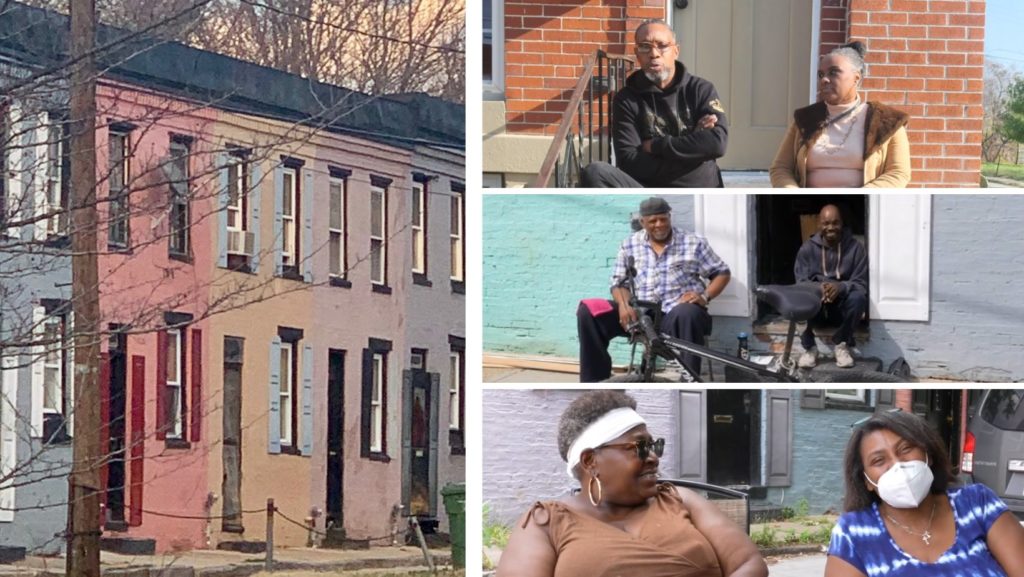
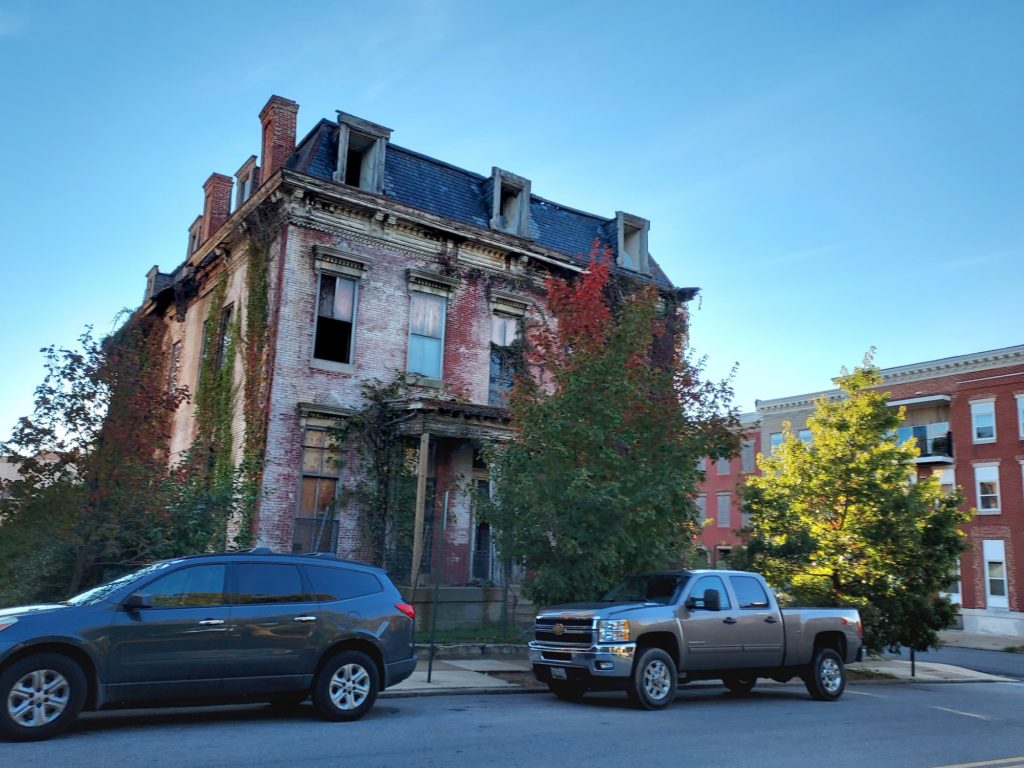
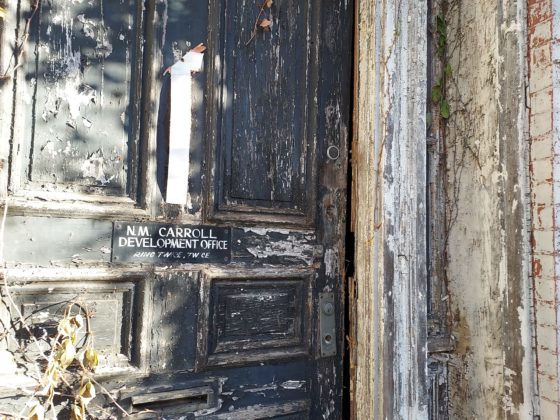
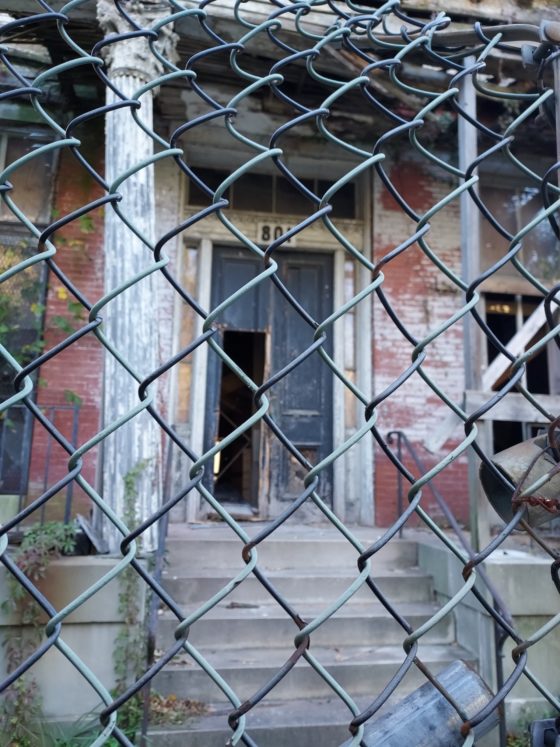
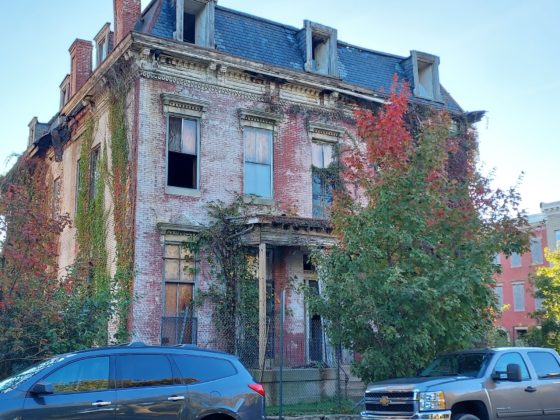
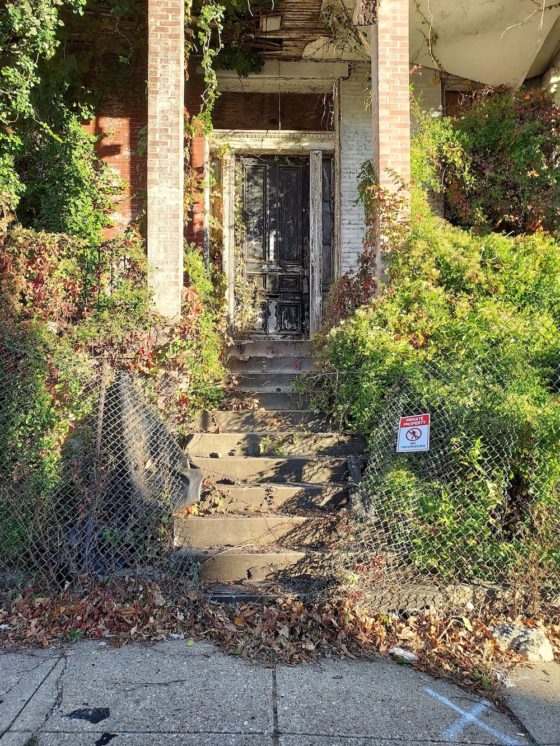
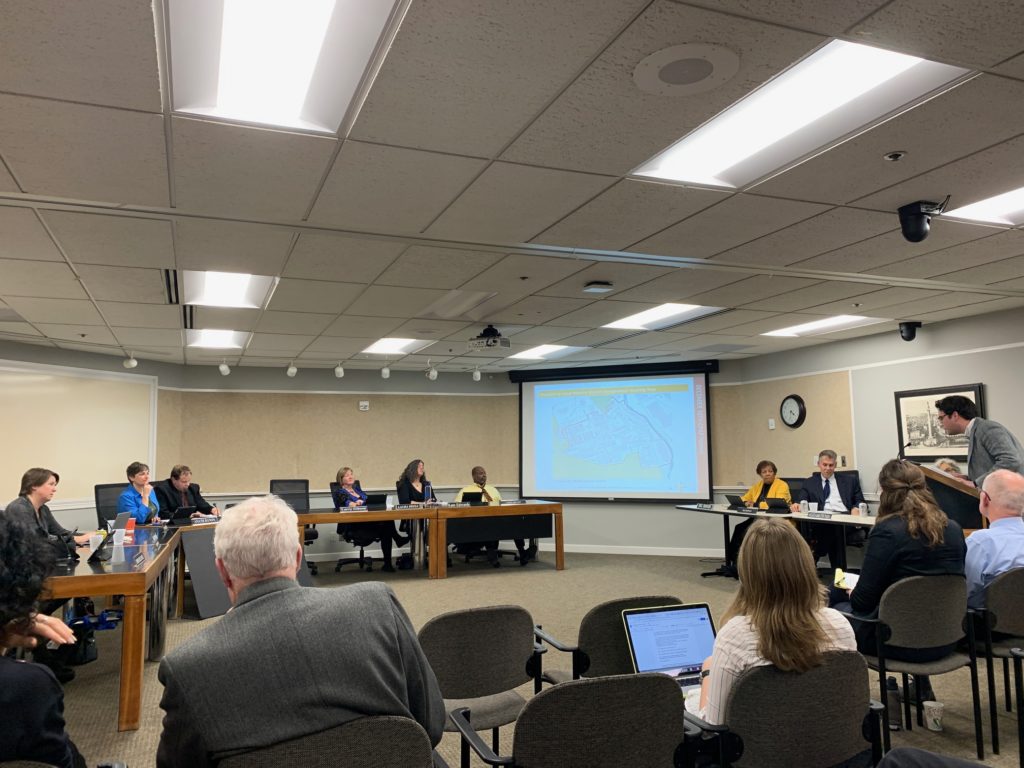

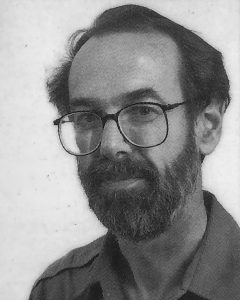 It seems right to pay tribute to a writer and historian by using his own words. Fortunately, Jim stopped by our office back in December for a recorded oral history with Baltimore Heritage board members Sue Talbott and Barbara Weeks. Sue and Barbara are leading our efforts to gather information about the history of preservation in Baltimore and the experiences of people who have led the fight to save historic places.
It seems right to pay tribute to a writer and historian by using his own words. Fortunately, Jim stopped by our office back in December for a recorded oral history with Baltimore Heritage board members Sue Talbott and Barbara Weeks. Sue and Barbara are leading our efforts to gather information about the history of preservation in Baltimore and the experiences of people who have led the fight to save historic places.